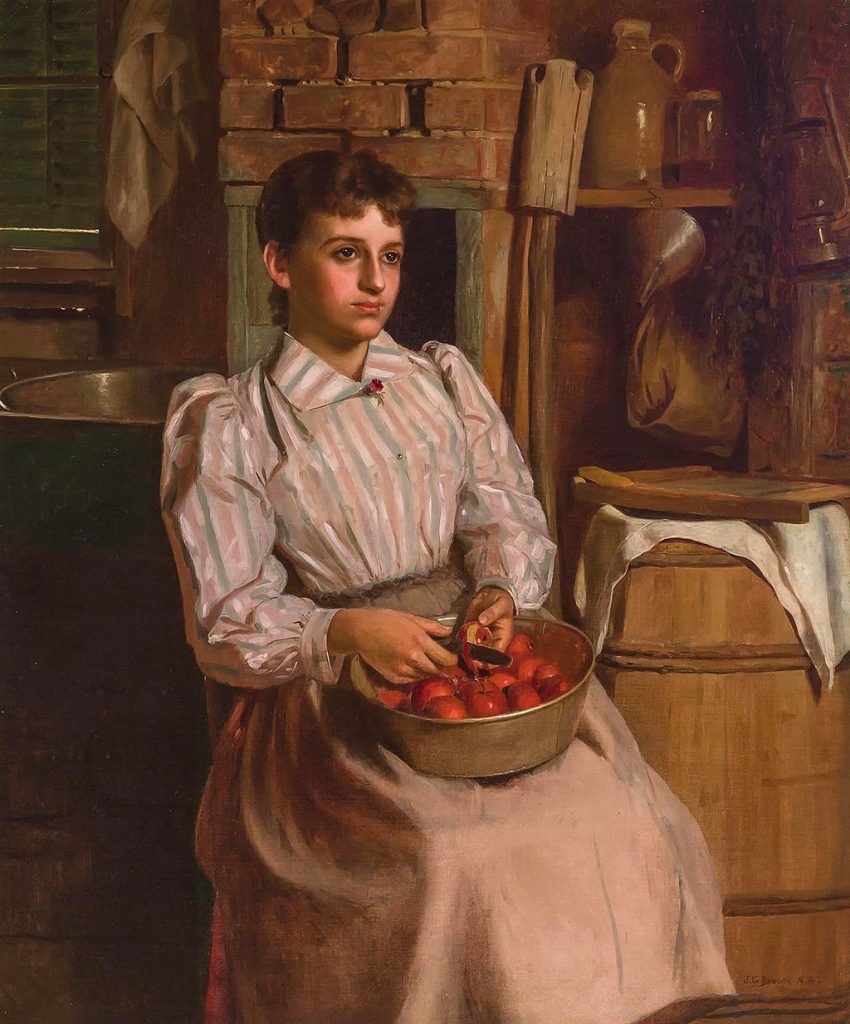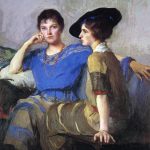
John George Brown (1831-1913) was a British-American painter known for his charming and sentimental depictions of street urchins and other genre scenes from everyday life in New York City during the late 19th century. He became renowned for his ability to capture the innocence and charm of children, particularly those from the urban working-class.
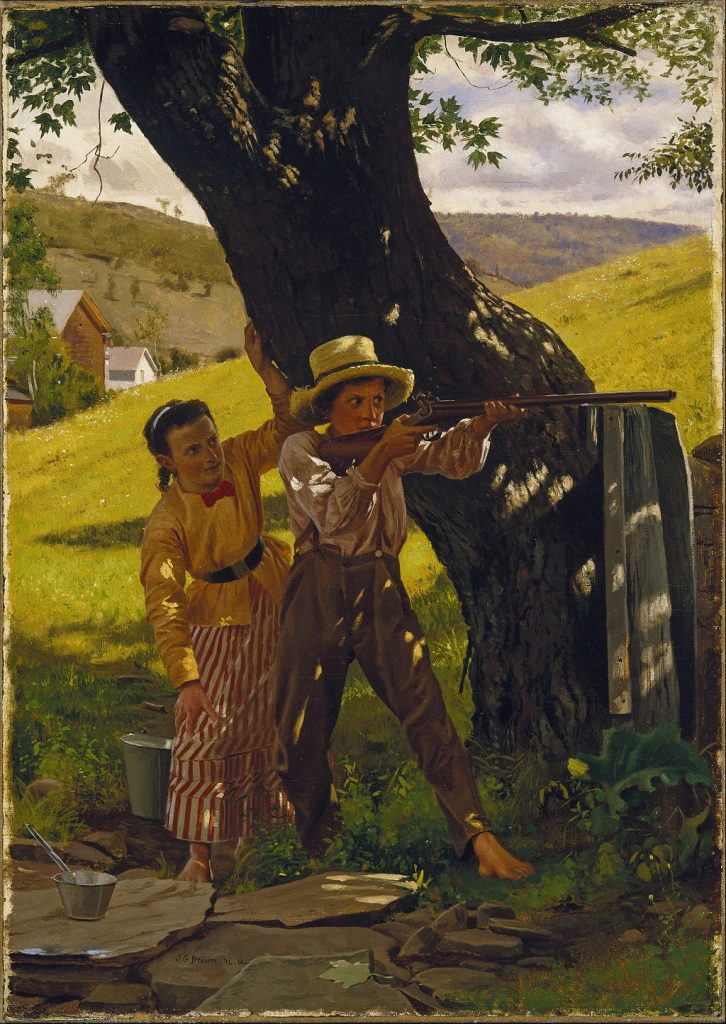
Early Life and Education:
- John George Brown was born on November 11, 1831, in Durham, England.
- At the age of 12, he immigrated to the United States with his family and settled in New York City.
- He began working as an apprentice to a glass cutter but soon discovered his passion for art.
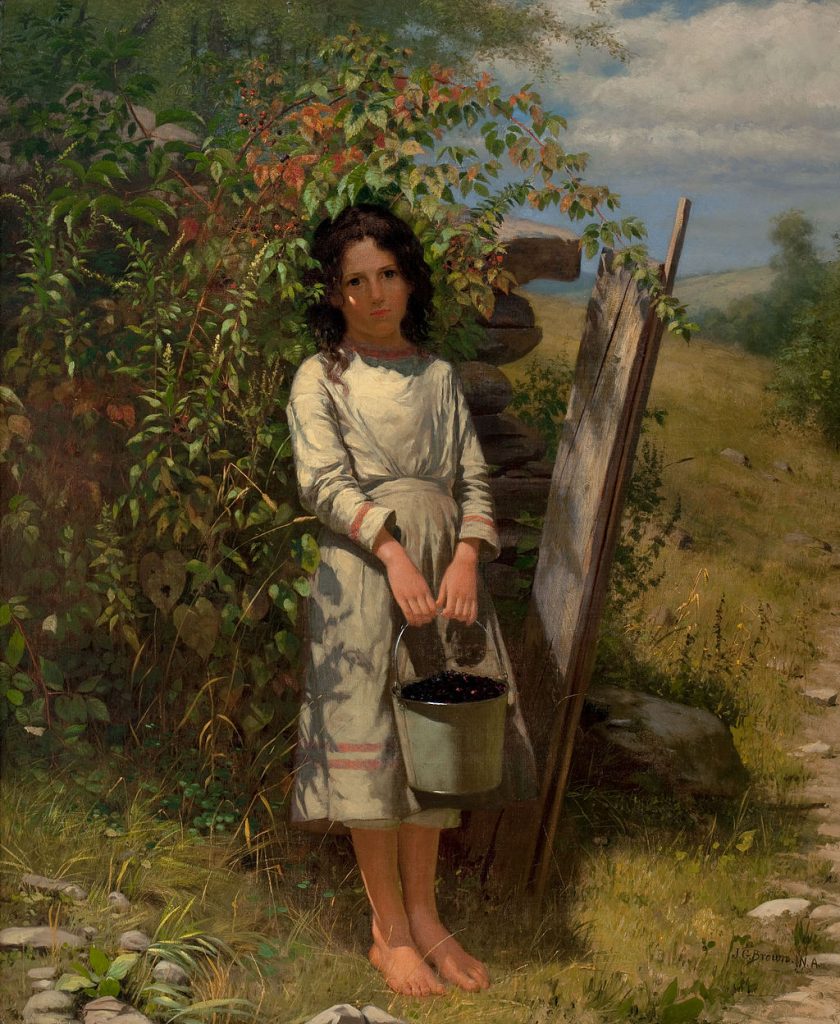
Artistic Training and Career:
- Brown began his art studies at the National Academy of Design in New York City under the guidance of George Inness, a prominent American landscape painter.
- He later traveled to Europe to further his training and studied in Antwerp, Belgium, and Düsseldorf, Germany, where he honed his technical skills and learned various painting techniques.
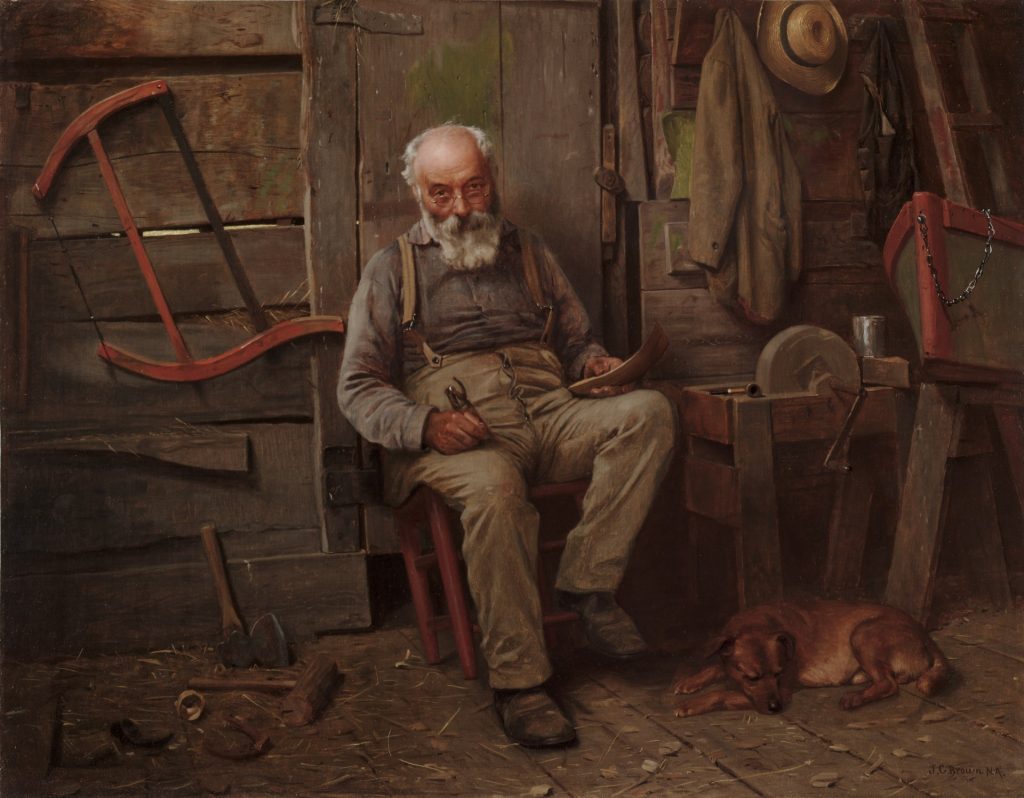
Artistic Style and Subjects:
- John George Brown is best known for his genre paintings, particularly those featuring street urchins, bootblacks, and newsboys. He often depicted these young figures engaging in everyday activities on the streets of New York.
- His paintings are characterized by their sentimental and heartwarming portrayal of children, often emphasizing their resilience and innocence despite challenging circumstances.
- Brown’s works typically showcased a warm color palette and meticulous attention to detail, creating a sense of realism in his scenes.
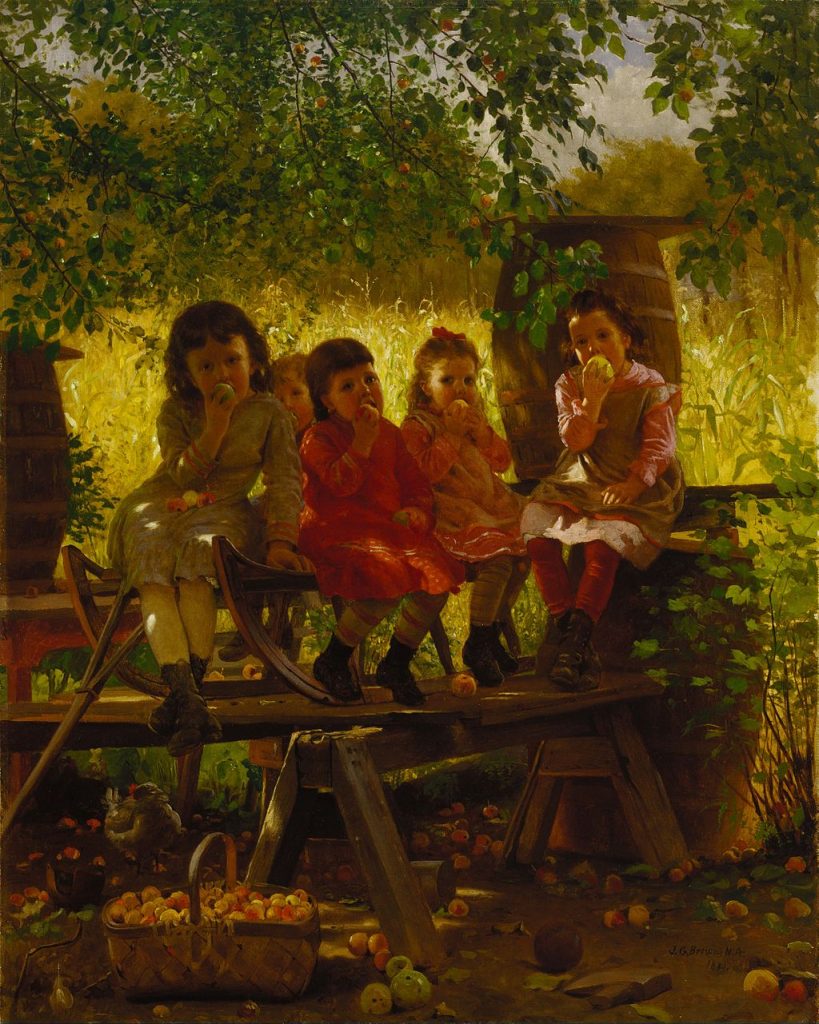
Recognition and Influence:
- Brown’s paintings were widely popular during his lifetime, and he achieved commercial success as a genre painter.
- He exhibited his works at prestigious venues such as the National Academy of Design and the Pennsylvania Academy of the Fine Arts.
- His art captured the imagination of the American public and contributed to the development of American genre painting during the late 19th century.
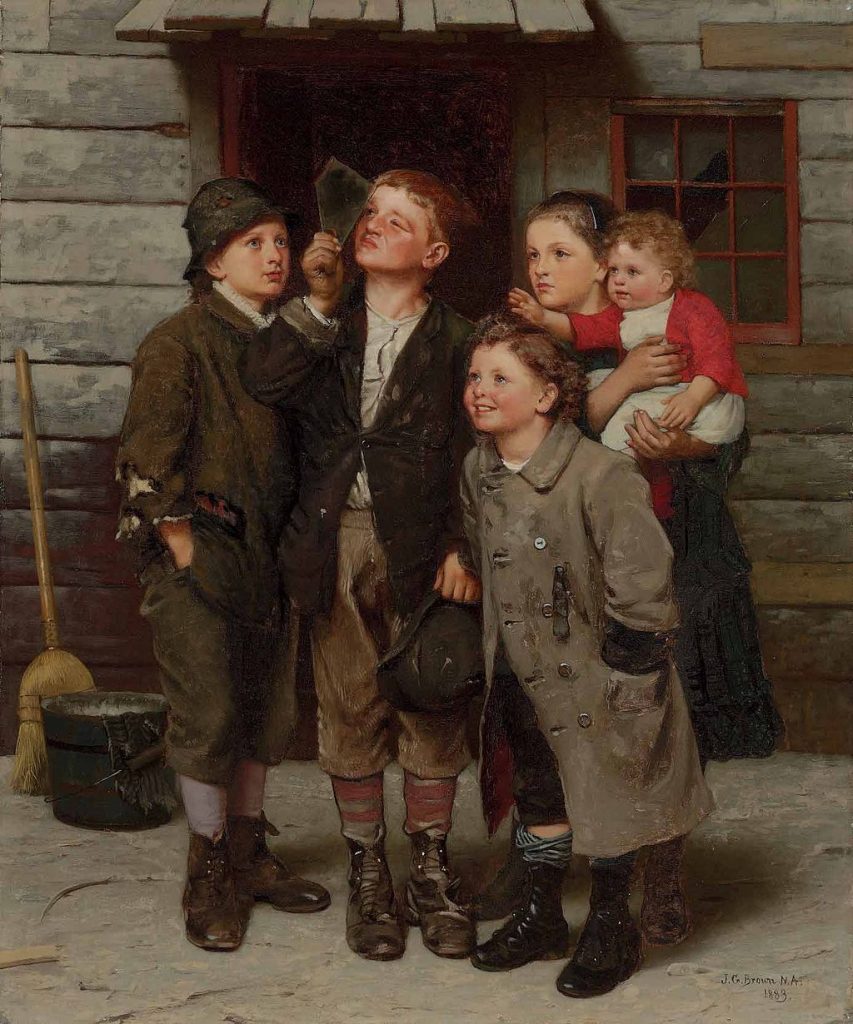
Legacy:
- John George Brown’s paintings remain beloved for their sentimental and nostalgic depiction of American urban life in the late 19th century.
- His ability to convey the charm and spirit of children in his art left a lasting impact, and his works are appreciated for their historical and cultural significance.
- Brown’s paintings continue to be collected by art enthusiasts and are displayed in museums and galleries, preserving his legacy as an important figure in American art history.
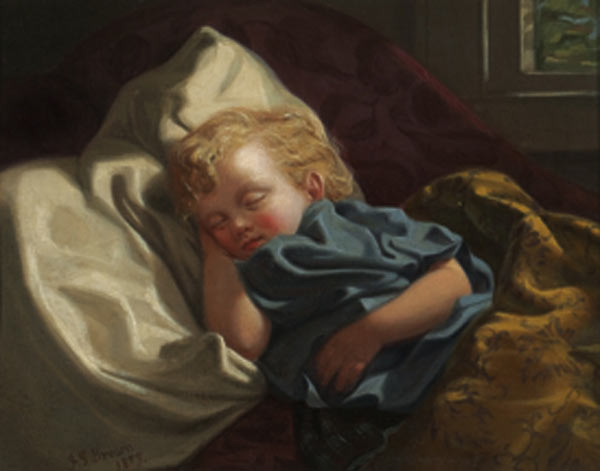
John George Brown passed away on February 8, 1913, in New York City, leaving behind a body of work that continues to be celebrated for its emotional depth, cultural insight, and portrayal of the resilience of young urban dwellers during his era.
